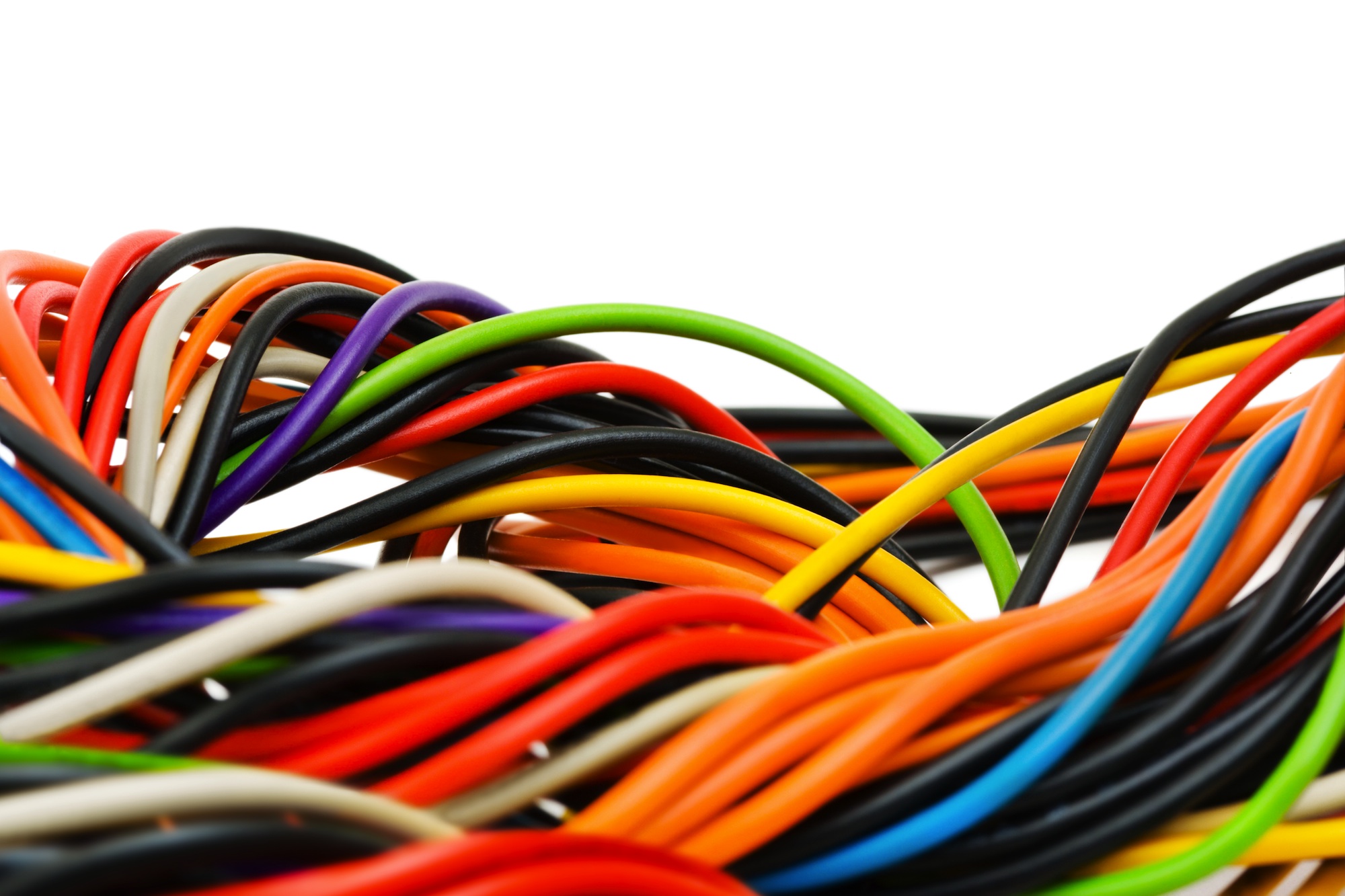Dream about Electric Cable
페이지 정보
작성자 Phillip 댓글 0건 조회 4회 작성일 24-09-10 10:06본문
Some fuses for medium-voltage applications use two or three separate barrels and two or three fuse elements in parallel. This was overcome by placing substations at close intervals - every three or four kilometres at first, nowadays two or three on a 750 volt system - compared with every 20 kilometres or so for a 25 kV AC line. The adaptor was screwed into the lightbulb socket, leaving a flat face with two holes to conveniently attach the plug. The D&S plug suffered from a serious design fault: the line pin was a fuse which screwed into the plug body and tended to come unscrewed on its own in use. These problematic outlets are easily identifiable due to their lack of ground, along with both openings on the receptacle face being a sideways T-shaped opening that appear to be mirrored on the vertical center line of the face. Where conductors are installed underground, they must be installed so as to protect against mechanical damage and enable future removal.
P. M. Kalla-Bishop, Future Railways and Guided Transport, IPC Transport Press Ltd. Future DC railway electrification system Go for 9kV (PDF). However, it was also used on a number of main line railway systems, and still is in some parts of continental Europe, for example. This would be turned to apply an alternating voltage to the line. NEMA wiring devices are made in current ratings from 15 to 60 amperes (A), with voltage ratings from 125 to 600 volts (V). Voltage was stepped down to 100 volts using the Stanley transformer to power incandescent lamps at 23 businesses over 4,000 feet (1,200 m). Using one wire for each letter of the alphabet, a message could be transmitted by connecting the wire terminals in turn to an electrostatic machine, and observing the deflection of pith balls at the far end. The cable can extend in increments of one foot using the reel’s locking mechanism. As of 2023, the Swiss rail network is the largest fully electrified network in the world and one of only eleven countries or territories to achieve this, as listed in List of countries by rail transport network size. A number of countries have zero electrified railways, instead relying on diesel multiple units, locomotive hauled services and many alternate forms of transport.
In the first instance, the greater charge for cable railways is on account of the much greater cost and equipment per mile; while the greater number of passengers carried by cable railways per mile reduces the ratio of expense on the passenger basis. The European Union contains the longest amount of electrified railways (in length), with over 114,000 km (71,000 mi) of electrified railway, however only making up around 55% of the total railway length. Overall, China takes first place, with around 100,000 km (62,000 mi) of electrified railway, followed by India with over 60,000 km (37,000 mi) of electrified railway, and continuing with Russia, with over 54,000 km (34,000 mi) of electrified railway. The percentage then continues falling in order with Laos, Montenegro, India, Belgium, Georgia, South Korea, Netherlands, and Japan, with all others being less than 75% electrified. One big disadvantage of screw connectors was that the cord inevitably got twisted after being connected to the receptacle. The Edison screw was very successful, and quickly became the first de facto standard for electric connection.
The Midget Gauge was rated at 3 A, the Standard Gauge rated at 5 A, and the Union Gauge rated at 10 A. Also offered were two-way and three-way "T pieces" or multi-way adaptors for the 3 A and 5 A plugs, two-way only for the 10 A. Versions of the concentric plug and socket were now offered rated at 5 A and 10 A. At the same time Lundberg were offering the 2.5 A Dot, 5 A Universal, and 15 A Magnum, and Tucker were offering a range of 5 A, 10 A and 20 A plugs and sockets. In the early 1900s, table and floor lamps became more popular, and sockets were mounted on walls for secondary connections. This plug corresponds to Type G in the IEC table. Donald G. Fink, H. Wayne Beatty Standard Handbook for Electrical Engineers 11th Edition, McGraw Hill, 1978 table 18-21. See also Gomez-Exposito p. The dimensional standard for electrical connectors is ANSI/NEMA WD-6 and is available from the NEMA website.
Here is more info on what is electric cable review the web-site.

댓글목록
등록된 댓글이 없습니다.